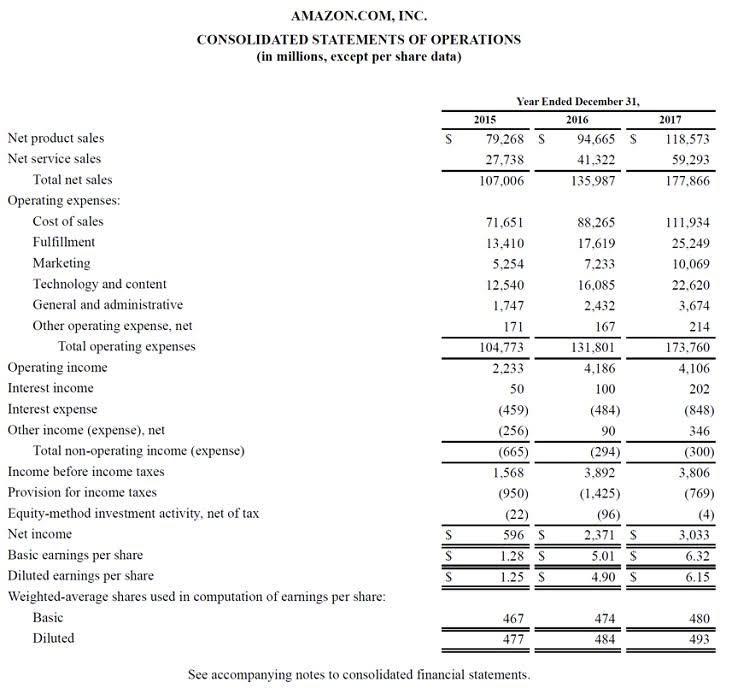Accounting for extractive activities Oil & gas

Depletion, depreciation, and amortization (DD&A) are essential accounting practices in the oil and gas industry, reflecting the gradual consumption of capital assets over time. Depletion specifically pertains to the allocation of the cost of natural resources, such as oil and gas reserves, over their productive life. This is typically calculated using the unit-of-production method, which allocates costs based on the proportion of reserves extracted during a period relative to the total estimated reserves. The financial results of a manufacturing company are impacted by depreciation expense for plant, property, and equipment. In addition to these factors, companies must also consider the impact of joint ventures and partnerships on revenue recognition.
- Information is considered material if its omission or misstatement could influence the economic decisions of users.
- A significant aspect of revenue recognition in this sector is the point at which control of the product is transferred to the customer.
- As an intricate discipline, oil and gas accounting plays a pivotal role in valuing assets, managing risks, and supporting sustainable practices in the exploration, extraction, and production of oil and gas resources.
- The classification of reserves into proved, probable, and possible categories is a crucial step in this process.
Successful Efforts vs. Full Cost

One of the primary considerations in joint venture accounting is the method of accounting to be used. The two most prevalent methods are the equity method and the proportionate consolidation method. Under the equity method, an investor recognizes its share of production accounting oil and gas the joint venture’s net income or loss in its financial statements, reflecting its investment in the venture.
- Accounting methods and principles should be applied consistently from one period to another.
- For example, if the company has undeveloped land or if it has midstream or downstream operations, you might estimate the value of those based on an EBITDA multiple (or $ per acre for land) and add them in.
- One of the key aspects of joint venture accounting is the use of joint interest billing (JIB) statements.
- You want to track the beginning and ending reserves each year, the annual production volume, and the average price for each commodity; typically you use the same low/mid/high price cases that you used in the company’s operating model.
- Financial statements should include all necessary information to ensure that users can make informed decisions.
- PwC US Energy practice provides audit and assurance, tax, advisory, and consulting services to help energy businesses address key issues.
Midstream Accounting
Depreciation involves the systematic allocation of the cost of physical assets, such as drilling rigs and production facilities, over their useful lives. Both processes ensure that the costs of these assets are matched with the revenues they generate, providing a more accurate picture of a company’s financial performance. The choice of depreciation and amortization methods, such as straight-line or declining balance, can significantly influence financial statements and tax liabilities. In addition to cost allocation, joint venture accounting must address the treatment of joint venture assets and liabilities. These assets and liabilities are typically recorded on the balance sheet of the operator, who manages the day-to-day operations of the joint venture.

Taxation in Oil and Gas Sector

Impairment of oil and gas assets is a critical accounting consideration, particularly given the volatile nature of commodity prices and the substantial capital investments involved. Impairment occurs when the carrying amount of an asset exceeds its recoverable amount, necessitating a write-down to reflect the diminished value. This process is governed by accounting standards such as IAS 36, which outlines the procedures for identifying and measuring impairment.

Depreciation, Depletion, and Amortization (DD&A)
You don’t assume anything for Exploration since you’re pretending that the company finds nothing and dwindles to $0 in the future, and you leave out items like corporate overhead and SG&A because we’re valuing the company on an asset-level. Then, you’d multiply the production volume times the average price each year for all commodities to get the revenue by year. For E&P companies, there’s an alternate intrinsic valuation methodology called the Net Asset Value (NAV) model that often gives more accurate results. So you might create a “low” scenario where oil prices are, say, $40 per barrel, a “middle” scenario where oil prices are $70 per barrel, and a “high” scenario where oil prices are $100 per barrel. The good news is that while bank and insurance modeling is almost a different game entirely, oil & gas modeling is more like a variation on a game you’re already familiar with.
Comprehensive Guide to Oil and Gas Accounting Practices
Therefore, companies should capitalize all costs they incur in pursuit of that activity and then write them off over the course of a full operating cycle. Joint venture accounting is crucial to accurately reflect each participant’s share of costs, revenues, and other financial aspects. Reserves are classified into proved, probable, and possible categories, each with varying degrees of certainty. Accurate reserve estimation is crucial for financial reporting, as it affects asset valuation and depletion calculations. Companies often employ specialized software like Petrel or Eclipse to model and estimate reserves, ensuring precision and compliance with industry standards.
Oil & Gas Financial Modeling 101
- Additionally, external factors like oil prices, technological advancements, and regulatory changes play a pivotal role in reserve valuation.
- You must possess a deep breadth of knowledge about contemporary financial techniques and how they apply to the energy industry.
- Another critical aspect of joint venture accounting is the allocation of costs and revenues among the partners.
- Each method highlights the individual costs, which fall into the categories of acquisition, exploration, development, and production, differently.
- One of the primary considerations in joint venture accounting is the method of accounting to be used.
Reserve estimation and valuation are fundamental to the oil and gas industry, serving as the bedrock for investment decisions, financial reporting, and strategic planning. The process begins with geological and engineering assessments to determine the quantity of recoverable hydrocarbons in a reservoir. These assessments rely on a combination of seismic data, well logs, https://www.facebook.com/BooksTimeInc/ and production history to create a detailed subsurface model.
The process of calculating DD&A involves several steps, starting with the estimation of the total recoverable reserves for depletion purposes. This estimation is crucial as it directly impacts the rate at which costs are allocated over the productive life of the asset. Companies often use advanced software like PHDWin or ARIES to model these https://www.bookstime.com/articles/what-is-record-to-report calculations, ensuring precision and compliance with industry standards.


この記事へのコメントはありません。